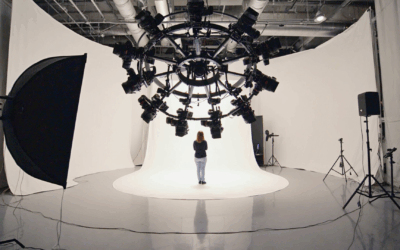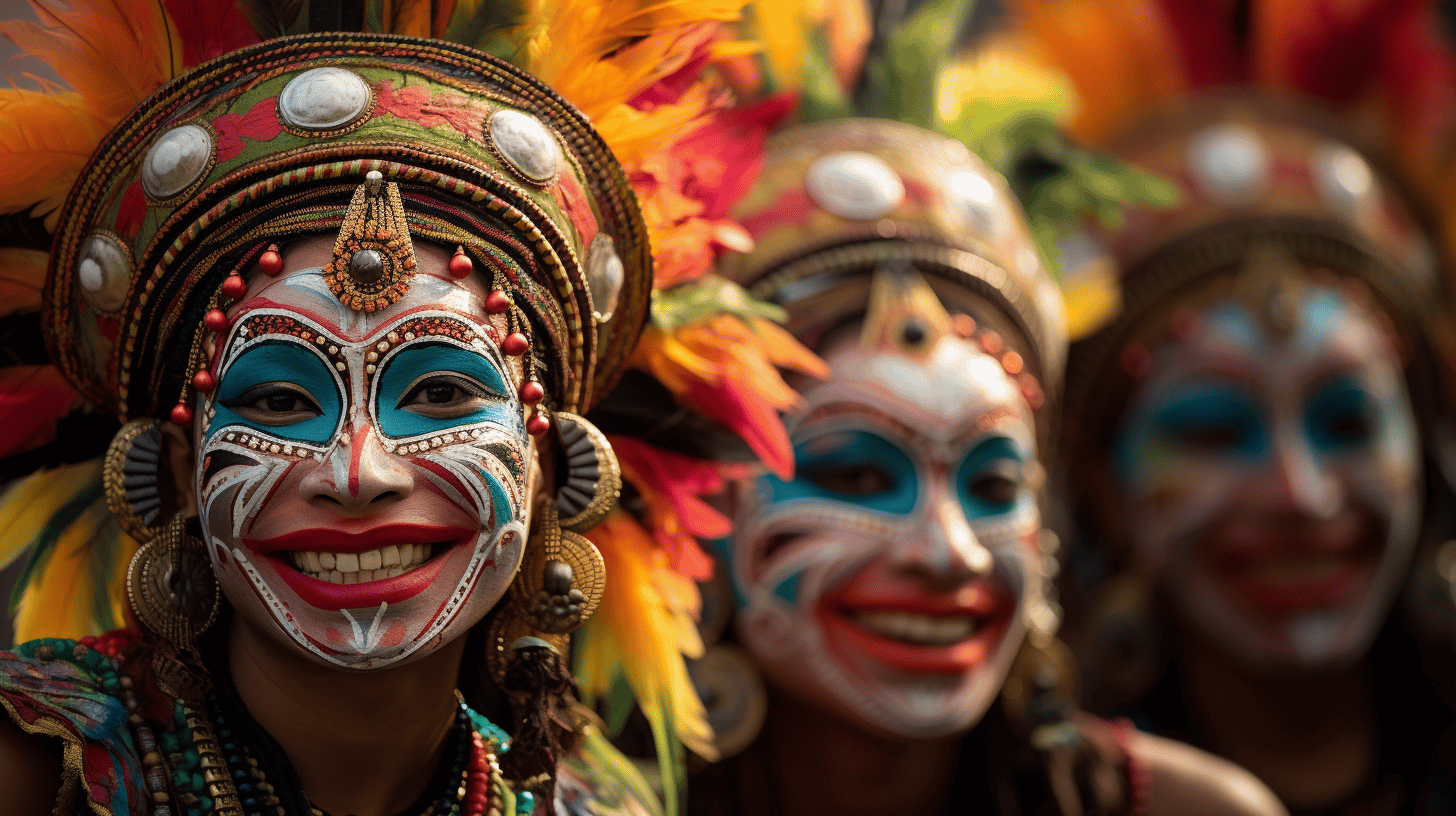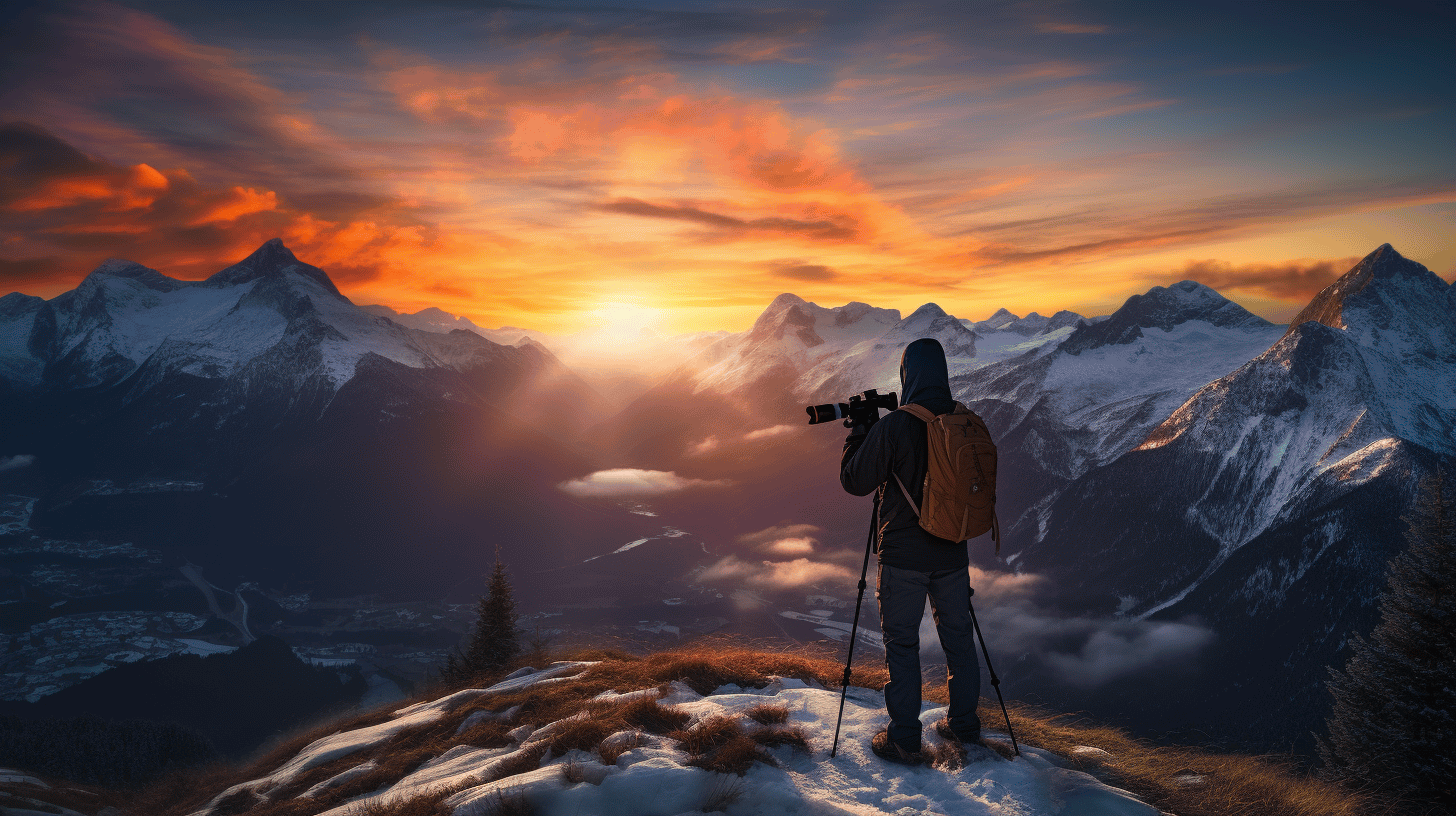Introduction: Capturing the essence of a place through photography is something every travel enthusiast and photography lover strives to achieve. Having the power to visually narrate a compelling story using dynamic and emotive images elevates one’s photography to a whole new level. Destination photography tours provide the perfect opportunity for budding photographers and seasoned professionals alike to hone their skills, broaden their horizons, and create exquisite visual narratives. In this detailed article, we explore the art of storytelling through several aspects, including tour selection, equipment considerations, scene settings, compositional techniques, and post-processing.
Table of Contents
- Choosing the Right Tour
- Selecting the Best Equipment
- Understanding Scene Settings
- Mastering Composition Techniques
- Post-Processing for Visual Impact
Choosing the Right Tour
Embarking on a destination photography tour is an exciting and educational experience. Before packing your bags and gear, it is essential to select a tour that aligns with your interests, creative style, and skill level. Consider the following factors when choosing a photography tour:
Tour Focus
Research the thematic focus of the tour. Some tours might concentrate on iconic landscapes, while others might emphasize wildlife or cultural experiences. Select a tour that matches your preferences and photographic strengths, or challenges you to learn new techniques.
Destination Appeal
Consider the overall appeal of the tour’s destination. The location should inspire you and offer a variety of subjects and scenes to photograph. Pick a destination that will push your creative boundaries and evoke strong emotions in your audience.
Instruction and Guidance
Inquire about the level of guidance and instruction provided on the tour. Some tours cater to beginners, while others seek to challenge experienced photographers. Ensure that the tour leader is a knowledgeable professional who can assist you in honing your photographic technique and storytelling abilities.
Selecting the Best Equipment
Your choice of equipment is essential to capturing your vision and creating a cohesive visual narrative. Here are some tips on selecting the best gear for your destination photography tour:
Camera
Choose a camera that offers a balance between technical features, usability, and portability. Whether you prefer a DSLR or a mirrorless camera, ensure that it allows for a range of settings to adapt to various lighting, weather, and subject conditions.
Lenses
Bring a selection of lenses that offer flexibility in terms of focal length and aperture. This may include a wide-angle lens for capturing vast landscapes, a telephoto lens for distant or shy subjects, and a fast prime lens for low light conditions or creative depth of field effects.
Accessories
Determine which accessories to carry based on your anticipated photographic needs. Useful accessories for a destination photography tour may include:
- A sturdy and lightweight tripod
- Additional memorycards and batteries
- A camera bag for protection and organization
- A polarizing filter to reduce glare and enhance colors
- A remote shutter release for sharp long exposures
Understanding Scene Settings
Mastering camera settings and exposure settings is crucial for achieving your desired results, especially when crafting visual narratives under varying conditions. The following are vital aspects to consider:
Aperture
Select the appropriate aperture (f-stop) for your scene. Remember that a large aperture (low f-number) creates a shallow depth of field and is ideal for isolating subjects, while a small aperture (high f-number) creates a deep depth of field, which is perfect for landscapes or group shots.
Shutter Speed
Adjust your shutter speed to balance the lighting and movement of your scene. Fast shutter speeds freeze motion, whereas slow shutter speeds create motion blur. Experiment with varying shutter speeds to convey movement or time passing in your visual narrative.
ISO
Choose the optimal ISO to manage your image’s noise levels and exposure. A low ISO (e.g., 100) provides the best image quality in bright conditions, whereas a higher ISO (e.g., 800+) is necessary for low light environments, albeit at the expense of increased image noise.
White Balance
Set an appropriate white balance to ensure accurate color reproduction in your photos. Auto white balance (AWB) is generally reliable, but consider using manual settings to better control the color temperature of your images, such as adjusting for warm or cool light sources.
Mastering Composition Techniques
Effective composition is the cornerstone of captivating visual storytelling. Consider these essential composition techniques to enhance your destination photography:
Rule of Thirds
Follow the rule of thirds by positioning your subject or key visual elements off-center along the imaginary lines and intersection points of a grid split into nine equal squares. Doing this creates visual tension and interest in your images.
Leading Lines
Use leading lines to guide the viewer’s eye through the frame and to your subject or focal point. Leading lines can include natural formations, architectural elements, or even shadows and light.
Foreground Interest
Incorporate foreground interest to create depth and dimension in your scenes, especially when shooting landscapes or cityscapes. Foreground elements can frame your subject or provide context and scale to the image.
Balancing Visual Weight
Achieve balance in your images by carefully arranging visual elements. Asymmetrical balance is more dynamic, drawing the viewer’s eye across the frame, while symmetrical balance evokes a sense of harmony and stability.
Post-Processing for Visual Impact
Post-processing your images plays a vital role in refining your visual narrative and ensuring your story shines through. Consider the following key techniques:
Cropping
Utilize cropping to eliminate unnecessary elements and enhance the overall composition of your images.Crop with intent, maintaining the rule of thirds or other compositional principles to strengthen your visual narrative.
Adjusting Exposure and Contrast
Optimize exposure and contrast to emphasize your subject and create mood in your images. Boosting contrast can deepen shadows and highlights, adding drama, while subtle adjustments can create detail and preserve the overall atmosphere.
Color and Saturation
Modify color and saturation levels to enhance the scene’s emotional impact. Warm tones create a sense of warmth and happiness, while cool tones can evoke feelings of calm or sadness. Be cautious not to over-saturate your images – aim for a natural, yet striking appearance.
Sharpening and Noise Reduction
Apply sharpening and noise reduction techniques to improve image quality. Sharpening can bring out details and textures, while noise reduction smooths out high ISO images, retaining their clarity without compromising their mood.
Vignettes and Frames
Add vignettes or frames to your images as a finishing touch. Vignettes lead the viewer’s eye to the center of the image, while frames create a sense of completion and containment. Use these techniques sparingly, ensuring they complement your visual narrative without distraction.
Text and Typography
Incorporate text and typography to communicate context, captions, or even personal thoughts and reflections. Carefully select fonts and colors that match the visual narrative’s tone and overall aesthetics, allowing the viewer to connect with your story on a deeper level.
In conclusion, crafting visual narratives through destination photography tours involves a combination of tour selection, technical mastery, and creative skills. By choosing the right tour, carrying appropriate equipment, understanding scene settings, applying compelling composition techniques, and refining your images through post-processing, you can effectively convey captivating stories and evoke powerful emotions in your audience. The essence of visual storytelling lies in your unique perspective and interpretation of the world, so embrace your journey, and allow your images to speak from your heart.




0 Comments